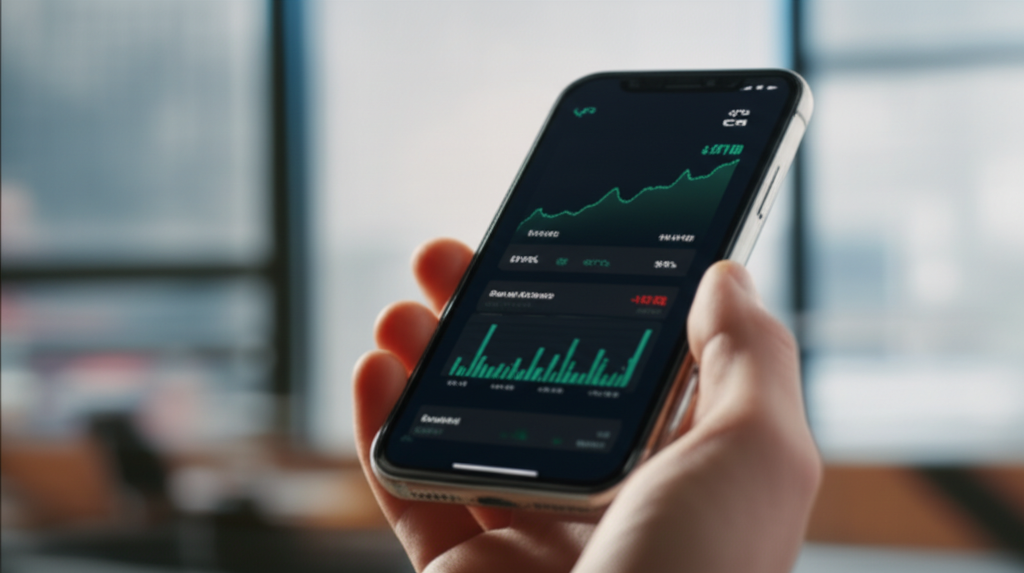SoFi Stock’s Next Test: Can It Justify Its Premium Valuation?
In the dynamic realm of digital finance, few companies have captivated the attention of young, tech-savvy investors quite like SoFi Technologies (SOFI). What began as a disruptive force in student loan refinancing has rapidly evolved into a comprehensive digital bank, aiming to become the singular financial hub for its millions of members. Yet, as SoFi matures from a hyper-growth startup to an established player, a critical question looms over its stock: can it truly justify the premium valuation the market has assigned it? This isn’t just a challenge for SoFi; it’s a test case for the broader fintech narrative.
SoFi’s journey has been marked by audacious expansion. From its roots in student lending, it broadened its horizons to personal loans, home loans, credit cards, and a sophisticated investment platform offering everything from brokerage accounts to cryptocurrency trading. Crucially, the acquisition of a bank charter in early 2022 was a transformative moment. This pivotal move reduced its reliance on third-party funding, significantly lowered its cost of capital, and paved the way for improved net interest margins – a vital metric for any financial institution. Coupled with its proprietary tech stack, including the Galileo payment processing platform and the Technisys core banking solution, SoFi has positioned itself as a vertically integrated financial powerhouse, promising efficiency and innovation. Investors, enamored by this narrative of disruption and scale, have historically valued SoFi not on current earnings, which have often been negative, but on its immense future potential and rapid user acquisition. This “premium” is essentially a vote of confidence in its ability to capture a significant share of the lucrative financial services market by appealing to a demographic increasingly disillusioned with traditional banks.
However, the investment landscape has shifted. The era of loose money and valuing potential over profits has receded, giving way to a renewed focus on fundamentals and sustainable growth. For SoFi, this translates into a series of crucial tests. Foremost among them is the persistent quest for GAAP (Generally Accepted Accounting Principles) profitability. While SoFi has demonstrated adjusted profitability, achieving consistent GAAP net income is paramount for convincing skeptical investors and validating its business model. This requires a delicate balance: continuing to invest heavily in technology and member acquisition while simultaneously reining in operational costs and optimizing revenue streams. Its ability to expand net interest margin (NIM) will be key here, leveraging its lower cost of deposits from its growing member base.
Beyond profitability, the health of SoFi’s loan portfolio is under intense scrutiny. As interest rates remain elevated and economic uncertainties persist, the quality of its diverse loan book – encompassing student, personal, and home loans – will be critical. Any significant uptick in delinquencies or charge-offs could dampen investor enthusiasm and necessitate increased provisioning, directly impacting its bottom line. SoFi’s cross-selling capabilities are another vital metric. The core thesis of its “financial one-stop shop” is that members will utilize multiple SoFi products, increasing lifetime value and reducing customer acquisition costs. Proving that it can consistently convert single-product users into multi-product power users is essential for justifying its valuation.
The competitive landscape is also a relentless proving ground. SoFi faces a two-pronged attack: from nimble fintech startups offering niche services, and from established financial giants who are increasingly investing in their own digital capabilities. Maintaining its technological edge and unique brand appeal will be vital for fending off rivals. Furthermore, the regulatory environment for fintechs is constantly evolving. As digital banks gain prominence, they are likely to face increasing oversight, which could impact operational flexibility and compliance costs. In essence, SoFi’s “premium” valuation isn’t a guaranteed entitlement; it’s an ongoing challenge to meet high expectations with tangible results. Its ability to navigate economic headwinds, achieve sustainable profitability, demonstrate robust loan performance, and deepen member relationships will determine whether it can convert market faith into enduring financial success.





